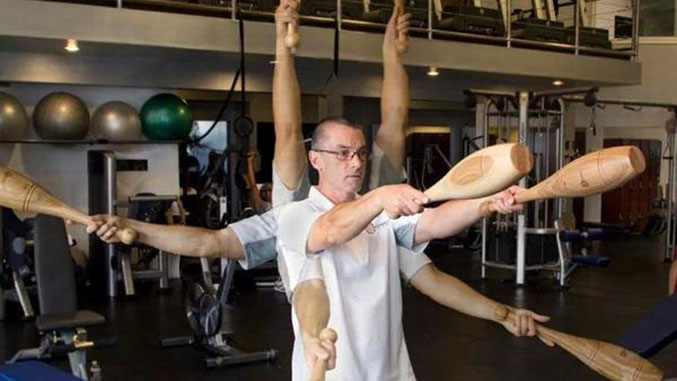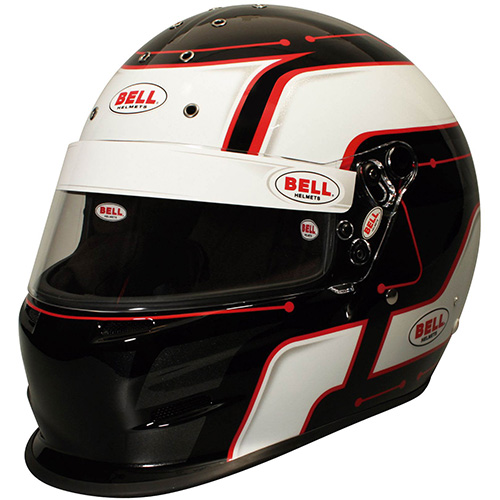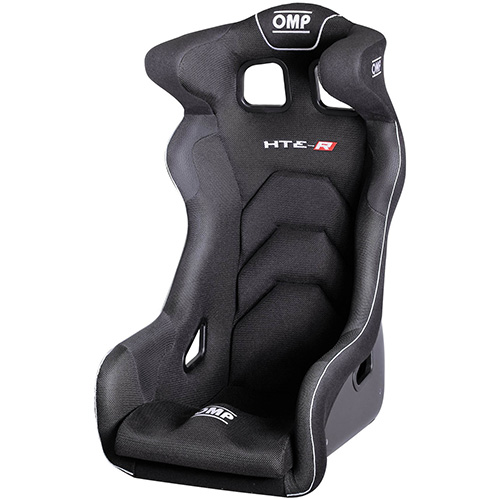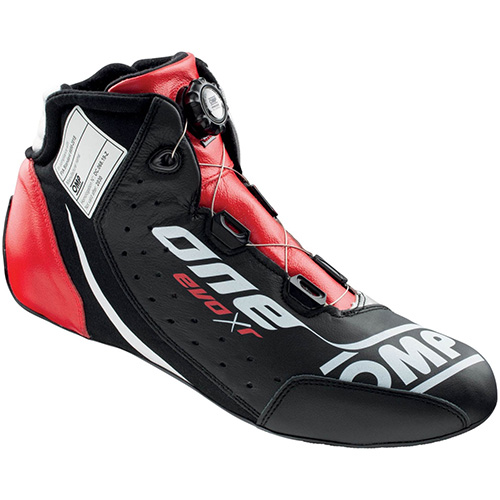Speed Secrets: Preparing Your Body for a Race Weekend

|
My last article dealt with aspects of driver (physical) training. This time, my focus will be on suggestions for how to prepare your body for the rigors of the race weekend, whilst at the track. Flexibility is defined as "range of movement and mobility around a joint." From the racer’s perspective, preparation of the body before entering the car can have many implications to performance. These considerations for flexibility and physiological preparation will be in my mind when I prepare David Cheng and his fellow Oak Racing Team drivers during this year’s 24 Hours of Le Mans.
Firstly, most Formula One physical therapists have done the same thing year-in and year-out: massage to death. This is great, but an overly-relaxed driver is not a good thing, physiologically. I recommend performing flexibility and mobility movements. This both promotes movement within a joint complex and also provides a small raise in heart rate, above resting levels.
For instance, Ryan Hunter-Reay performs mobility exercises for hips and glutes in the pit lane prior to getting into the car on a race weekend. It can become part of a driver’s ritual for preparation, as much as making sure everything is discussed and checked off the list with one’s engineer. At last year’s Long Beach Grand Prix, those staying at the hotel inside the track will have seen me in the gym with my clients, going through structured flexibility routines prior to in-car sessions in the Indy Lights series.
In 24-hour events for sports car drivers and the Indy 500 for open wheel drivers, being locked into a cramped position for long periods can negatively impact flexibility. This impacts a sports car driver’s ability to fire muscle fibers needed to move out of the driving position in a driver change. For an Indy Car driver in the 500, having to constantly maintain this seat position for 500 miles requires much preparation beforehand. In this case, flexibility and mobility to prevent a loss of concentration due to muscles tightening and cramping are very important.
These concerns can cross over to club racing and track day drivers, so I will detail a flexibility routine, somewhat like the individual routines we construct for our pro drivers.
Areas needing consideration are:
Let’s detail some actual exercises and movements you can put into practice in your own track preparation:
Hips/glutes:
Scorpion exercise, lying down.
Lie face down with arms fully spread out to sides (see a video of this, here). Keeping non-target leg and hip planted on ground, bend target leg to meet hand of opposing side of body.
Do not force an overstretch as the idea is to feel the stretch in glutes, low back, and hips. Hold finish position for around a five-count.
Standing glutes:
(Can be done in pit lane, prior to entering seat position).
Place target leg across other knee as shown (see photo below). You can hold onto a wall or other stable structure. Sit back as if going to sit in a chair; you’ll feel a stretch in the glute of the bent leg. Repeat other side.
|























